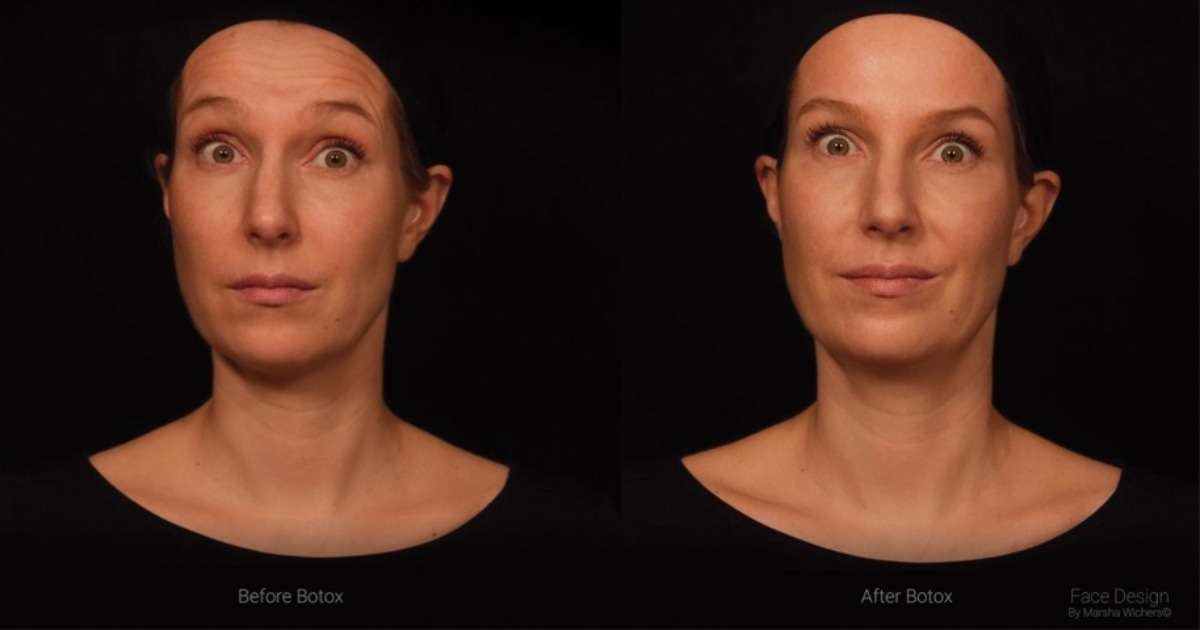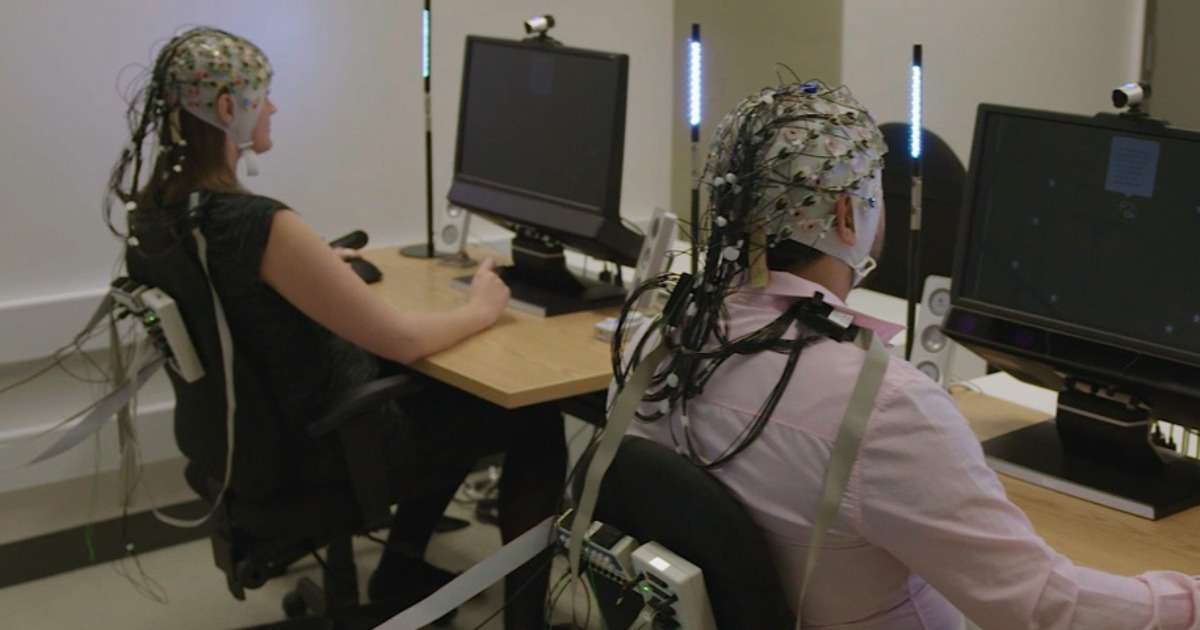
Emotional responses to infant crying
Hearing an infant cry can cause negative emotions, which can impact the way we respond. Researchers Riem and Karreman instructed parents to apply specific emotion regulation strategies in response to infant crying.

Understanding consumer buying behavior
What predicts a sale, and what causes consumers to buy from a particular brand over another? To know how and why customers make decisions, you can take a deeper look at consumer behavior.

The ultimate list of Usability Lab software tools
For those of you interested in what we offer for usability studies, see how we can get you the analysis you need quickly, easily, and reliably with our UX tools. These are the Usability lab software tools you want to use!

Two examples of on-site observational studies with older persons
In certain cases, observations for your study are best performed on-site. In this blog, we describe examples of observational studies with older age groups, conducted at home or at a healthcare facility.

The effects of negative campaigning on emotions
Do people display different emotions when they watch a commercial with or without negative campaigns? Sabine Dennert shares her findings in this guest blog post.

How botulinum toxin affects facial expression
For the past twenty years, the demand for cosmetic procedures to the face has increased drastically. New technologies have become available that make it possible to look ‘better and younger’.

What is Biometric Research?
Biometric research is the study of subconscious processes related to attention, cognition, emotion, and physiological arousal.

Analysis of facial expressions of emotions in children
The study described in this guest blog post focuses on the facial expressions of emotions induced by affective stimuli in children aged between 7 and 14.

Can facial expressions and emotional reactions predict likeliness to buy?
Think about some of your favorite holiday foods – what are they? Maybe gingerbread, candy canes, or pies?

How to build a usability lab?
Usability testing is an essential part of user centered design processes. It is necessary to evaluate prototypes. So how do you build a usability lab? This how to will help you out!
